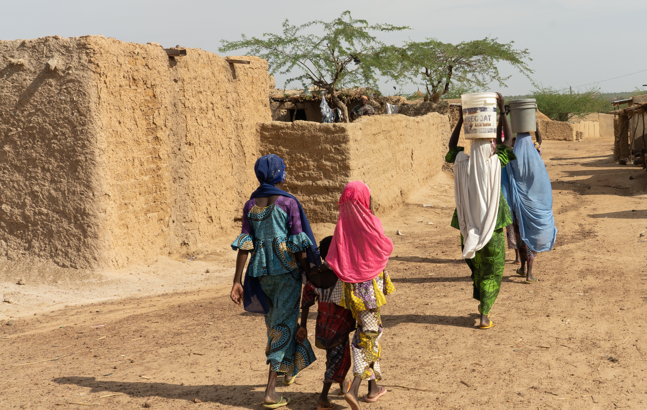Improvements in water, sanitation, and hygiene (WASH), one of the key UN Sustainable Development Goals, are critical to improving community protection from disease. The consequences of inadequate WASH systems can be deadly, especially amid increases in climate change, which bring increases in flooding and drought. As a result, an integrated disease prevention and control approach is needed to increase universal access to safely managed drinking water, sanitation, and basic hygiene services.
Gender inequalities in WASH
Accordingly to a recently published UNICEF-WHO report, 1.8 billion people live in households without water supplies on the premises. A lack of water supplies means that water must be fetched, often from far distances. This increases exposure to waterborne disease. Households that lack access to clean drinking water and other WASH facilities often lack access to health care. This means there is limited diagnosis and treatment available when illness occurs. As a result of this vicious cycle, 1.4 million lives are lost each year due to diseases from inadequate WASH.
The report—which provides the first in-depth analysis of gender inequalities in WASH—states that women and girls bear the brunt of the water and sanitation crisis. Gender norms in many low-and middle-income countries mean that women are often responsible for fetching household water. The findings go on to show that women, who are primarily responsible for domestic chores such as cleaning, cooking, and caring for the sick, are at an increased risk of exposure to waterborne diseases.
Investment in vaccination + WASH

Improved WASH systems are essential to protect women, children, and all members of low-resource communities from waterborne diseases such as typhoid. Preventing the spread of typhoid requires serious government prioritization and investment in water and sanitation systems; this means significant amounts of time and resources. Although improving WASH systems is the ideal long-term solution, countries need protection against typhoid now. Vaccination against typhoid for all children between ages 6 months and 15 years, in addition to improvements in WASH infrastructure, is critical to preventing disease in hard-to-reach, high-risk communities.
The role of TCV
Women and girls bear the brunt of the WASH crisis in terms of water collection; but everyone bears the impact of climate change on WASH. Everyone can be impacted by typhoid. Improvements in WASH infrastructure may take decades to reach rural communities. In the absence of clean, safe water, typhoid conjugate vaccines (TCVs) are essential tools for disease prevention and control. Broad distribution of TCVs has the potential to protect this—and future—generations from typhoid.
Cover photo: Women walk to gather water for their households. Credit: SIM.



